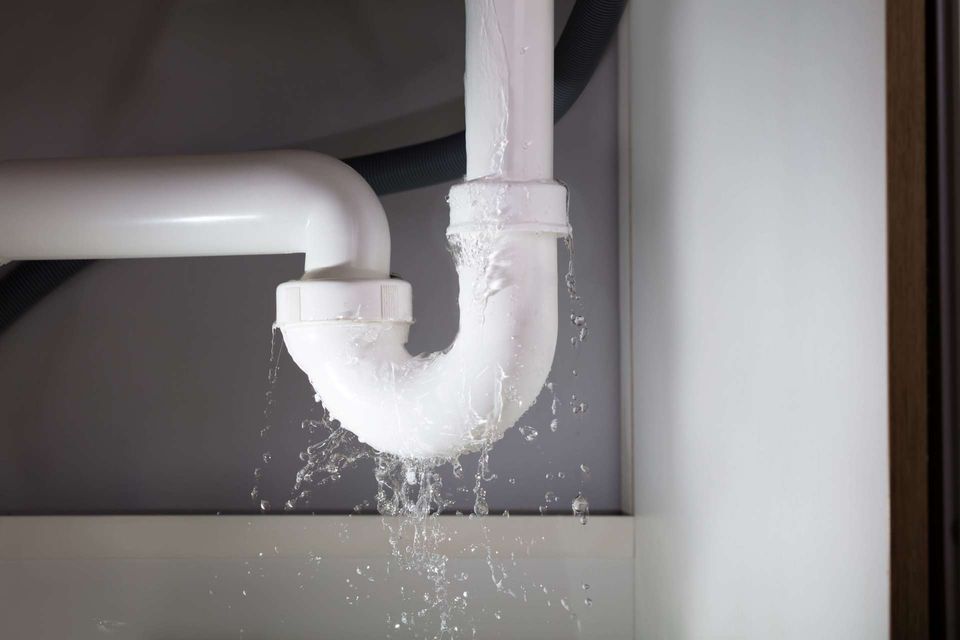Are you hunting for ideas around Hacks to detect leaks?

Early discovery of leaking water lines can alleviate a potential catastrophe. Apart from conserving you money, it will certainly lessen the irritation as well as irritation. The minute you discover a leakage, calling your plumber for fixings is the most effective service. Nonetheless, some little water leaks may not be visible. If you can not find it with your naked eyes, below are some hacks that assist.
1. Take A Look At the Water Meter
Examining it is a guaranteed means that assists you discover leaks. If it moves, that indicates a fast-moving leakage. This suggests you might have a slow leak that can even be below ground.
2. Check Water Consumption
Assess your water bills and track your water intake. As the one paying it, you must discover if there are any disparities. If you identify sudden changes, despite your usage coinciding, it means that you have leakages in your plumbing system. Keep in mind, your water bill should drop under the very same variety monthly. A sudden spike in your expense shows a fast-moving leak.
A consistent rise every month, also with the exact same routines, shows you have a slow-moving leakage that's also gradually rising. Call a plumber to extensively examine your residential property, specifically if you feel a cozy location on your flooring with piping below.
3. Do a Food Coloring Test
When it comes to water intake, 30% comes from toilets. If the color somehow infiltrates your dish throughout that time without flushing, there's a leakage between the container as well as dish.
4. Asses Exterior Lines
Don't forget to examine your outdoor water lines also. Test spigots by attaching a garden pipe. Should water leak out of the link, you have a loose rubber gasket. Change this and also guarantee all links are tight. If you've got an automatic sprinkler, it will aid get it professionally analyzed and also maintained every year. One tiny leakage can waste tons of water as well as surge your water costs.
5. Evaluate as well as Evaluate the Situation
Homeowners must make it a behavior to inspect under the sink counters and also inside cupboards for any bad odor or mold growth. These two red flags indicate a leakage so prompt attention is called for. Doing routine assessments, even bi-annually, can save you from a major issue.
Examine for discolorations as well as damaging as most appliances as well as pipelines have a life expectations. If you believe leaking water lines in your plumbing system, do not wait for it to escalate.
Early discovery of leaking water lines can reduce a prospective catastrophe. Some tiny water leaks may not be visible. Checking it is a guaranteed method that aids you find leaks. One small leakage can throw away tons of water and surge your water bill.
If you suspect dripping water lines in your plumbing system, don't wait for it to escalate.
WARNING SIGNS OF WATER LEAKAGE BEHIND THE WALL
PERSISTENT MUSTY ODORS
As water slowly drips from a leaky pipe inside the wall, flooring and sheetrock stay damp and develop an odor similar to wet cardboard. It generates a musty smell that can help you find hidden leaks.
MOLD IN UNUSUAL AREAS
Mold usually grows in wet areas like kitchens, baths and laundry rooms. If you spot the stuff on walls or baseboards in other rooms of the house, it’s a good indicator of undetected water leaks.
STAINS THAT GROW
When mold thrives around a leaky pipe, it sometimes takes hold on the inside surface of the affected wall. A growing stain on otherwise clean sheetrock is often your sign of a hidden plumbing problem.
PEELING OR BUBBLING WALLPAPER / PAINT
This clue is easy to miss in rooms that don’t get much use. When you see wallpaper separating along seams or paint bubbling or flaking off the wall, blame sheetrock that stays wet because of an undetected leak.
BUCKLED CEILINGS AND STAINED FLOORS
If ceilings or floors in bathrooms, kitchens or laundry areas develop structural problems, don’t rule out constant damp inside the walls. Wet sheetrock can affect adjacent framing, flooring and ceilings.
https://www.servicemasterbyzaba.com/blog/how-to-detect-water-leakage-in-walls/

As a person who reads on Top leak detection hacks, I was thinking sharing that excerpt was a good thing. For those who enjoyed reading our page please do not forget to share it. Thanks a bunch for your time. Visit again soon.